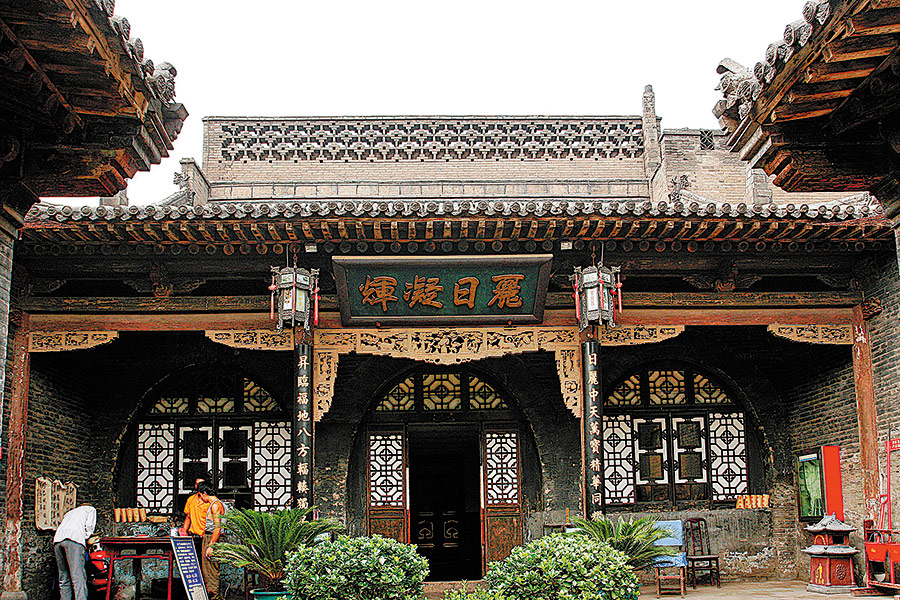

In his book Chinese Currency and Banking, published in 1915, Indian scholar Srinivas Ram Wagel wrote that the modern bill of exchange and discount methods were first proposed by the draft bank in Shanxi. People didn't need to carry around silver anymore, he wrote, as the bill of exchange from Pingyao could not be counterfeited.
According to Jia, there were at least five marks on the bill of exchange to guarantee authenticity, just like patterns on currency notes today. There were seals and handwriting proofs. The Chinese characters for Rishengchang were printed as watermarks on four corners of the bill for added authentication.
"The piaohao also encrypted its bills with codes made up of Chinese characters, which were changed on a regular basis to enhance security," Jia says.
The Rishengchang museum today preserves the only original bill of exchange from the past. It was these bills that allowed the exchange house to control more than half of the Chinese economy for a century.
The rise of modern banks since 1910 began to eat into the market share of the Rishengchang piaohao. "Their operation models were more advanced, and the big banks had foreign capital support, too," says Li Chao, a member of staff at the museum.
Also, the exchange house depended heavily on the Qing administration, which was overthrown after the Revolution of 1911, better known as the Xinhai Revolution, launched by Sun Yat-sen.